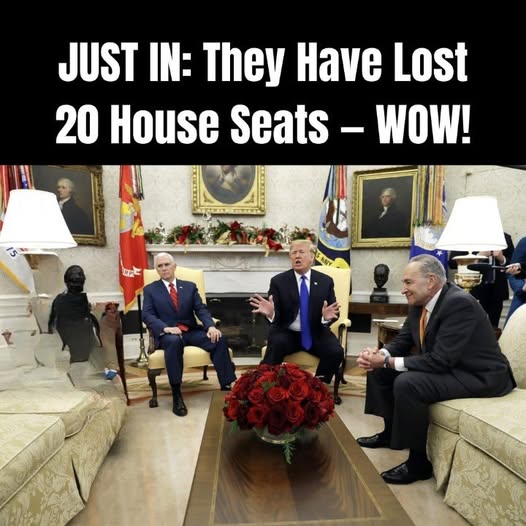For many years, U.S. presidential elections have followed predictable patterns in terms of population and political influence. Large states with significant populations, such as California, New York, and Illinois, have consistently played a central role in determining Electoral College outcomes. These states often provide a stable foundation for campaigns, while battleground states in other regions become the focus of additional strategy.Recent census data, however, indicate that population trends across the country are changing. Millions of Americans have moved to new regions over the past decade, altering the distribution of voters in several states. Some areas that previously experienced steady population growth are seeing slower rates, while other regions are attracting new residents. These shifts may influence political representation and electoral influence over time.Changes in demographic factors, including age, household composition, and regional growth, also play a role in shaping voting patterns. States with faster population growth in certain areas may experience changes in their political landscape. This requires parties, analysts, and campaign strategists to consider evolving trends when planning future elections, outreach, and voter engagement initiatives.Understanding these population patterns helps illustrate the dynamic nature of America’s political map. While demographic changes do not determine election outcomes by themselves, they highlight the importance of adapting strategies to reflect current trends. By examining migration and population growth, political observers can better anticipate potential shifts and ensure that representation aligns with the country’s evolving population distribution.
Understanding Population Trends and Their Influence on Elections



